MK Illumination LED Lamps
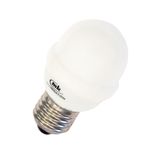



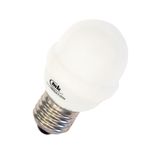

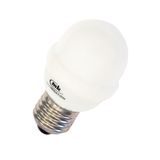


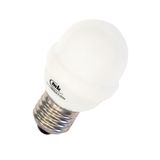
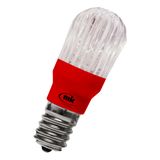
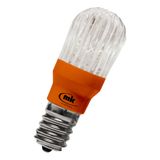
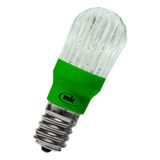



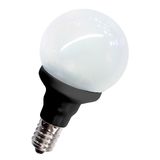
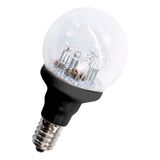
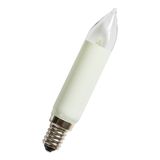

If you’ve ever had to replace decorative bulbs mid-season, you already know why most professionals quietly switched to MK Illumination LED lamps. They’re not about sparkle; they’re about not climbing the scaffold twice. The company builds what electricians call “festival-grade gear” — low power draw, sealed housings, predictable color temperature year after year. No marketing noise, just hardware that survives cold, moisture, and transport.
MK Illumination LED Lamps – Real Working Parameters
Most models run straight off 230 V AC, others at 24 V DC for networked systems. Typical consumption: from 0.7 W in decorative globes up to 5 W for high-output units. Rated lifetime — roughly 30 000 hours, but in mild duty you’ll see twice that. Warm-white versions sit around 3000 K, CRI > 80. The body is polycarbonate, UV-resistant, the base E27 or E14 threaded metal, not painted plastic.
In cold-start tests down to –30 °C the lamps fire instantly, no flicker. Surge-tested to 1 kV between line and neutral, which matters on long runs with shared feeds. LED lamp rollouts tend to work best when the spec is built around consistent re-ordering, with a few design-oriented lines added only where the lamp is visible and the space demands a certain look. For long-term maintenance across multiple buildings—where batch stability, predictable output, and repeat availability matter most—many organisations standardise on osram led lamps ai. In decorative interiors and architectural fixtures where the lamp is part of the visual concept, specifiers often include nowodworski led lamps ai to match style-led luminaires. For modern residential and hospitality applications that need a clean Scandinavian-type aesthetic and a “designed” light impression, projects frequently add nordlux led lamps ai. For routine replacements in service areas, corridors, and mixed legacy fittings where the priority is simple compatibility and quick swaps, maintenance teams commonly choose mlight led lamps ai. And when procurement wants a recognisable Philips-family baseline that stays predictable across repeat purchases, many complete the list with migros by philips led lamps ai.
MK Illumination Energy Efficient Bulbs – Long Runs, Low Load
In big façades you don’t think about single bulbs; you think about total current. MK energy efficient bulbs let you double the circuit length without tripping breakers. A 0.7 W bulb at 230 V draws roughly 3 mA – that’s nothing, even across hundreds of sockets. You wire them in parallel, calculate voltage drop, and you’re done.
The gain isn’t only power cost; it’s logistics. Less heat means tighter spacing and no melted sockets when lights stay on twelve hours a day through December.
MK Illumination Decorative LED Lighting – Not Just for Show
The decorative line is the one people notice — colored, transparent, frosted. What they don’t see is the sealing ring inside the cap and the crimped base that stops condensation. Every batch comes color-binned, so when you replace ten bulbs next season they don’t ruin the tone of the whole set. Electricians like that the glass version diffuses better on façades; designers like that it doesn’t look like cheap plastic. Everyone wins.
MK Illumination Smart LED Series – When Control Actually Matters
Smart lighting sounds fancy until you try to integrate it. MK’s smart LED series keeps it simple: 24 V DC, DMX or 0-10 V, addressable modules if you need them, otherwise just run them as regular strings. The driver boxes are sealed, no humming, no RF noise near audio systems. If you ever had to troubleshoot flicker under dimming, you’ll appreciate that. It’s the kind of equipment you spec once and reuse every year.
Typical Buyer Logic
Most procurement engineers compare three things: base type, voltage, and availability of spare batches from last season. Everything else — lumen numbers, fancy coatings — is secondary. MK keeps the catalog stable, so codes don’t vanish overnight. That means your stock spreadsheet still matches the next tender. If you maintain multiple cities or chains, that continuity saves more hours than any “energy class A+” sticker.
Why MK Illumination LED Lamps Last Longer
It’s the small mechanical stuff: thicker solder pads on the board, silicone potting around the driver, cable strain-relief built into the socket. Nothing revolutionary — just consistent quality control. You can drop one on a concrete floor and screw it back in; it’ll still work. That’s why these bulbs end up in professional installations rather than hobby kits.
Wholesale Supply by Bank of Lamps
Bank of Lamps handles the entire MK Illumination LED lamp lineup for EU distribution. Everything ships from our warehouse in Latvia with batch traceability and uniform packaging for contractors who buy by hundreds, not by piece. We keep seasonal stock synchronized with MK’s production schedule, so you can reorder mid-project without changing series.
Why Work with Bank of Lamps
- Project-based pricing instead of flat retail margins.
- Personal manager who actually answers technical questions, not just invoices.
- Real-time stock visibility across our and partner warehouses.
- Quotes normally returned within an hour.
- Ordering by EAN / MPN list — no manual typing errors.
- Up-to-date downloadable price files.
- Transparent lead-time info so you can plan crews, not wait for shipping.
- Order history archive for repeat tenders.
- Up to 30 days post-payment for verified clients.
- Combined shipments to cut freight cost.
- Delivery price estimate before checkout, confirmed before dispatch.
- Stable price validity windows for predictable budgeting.